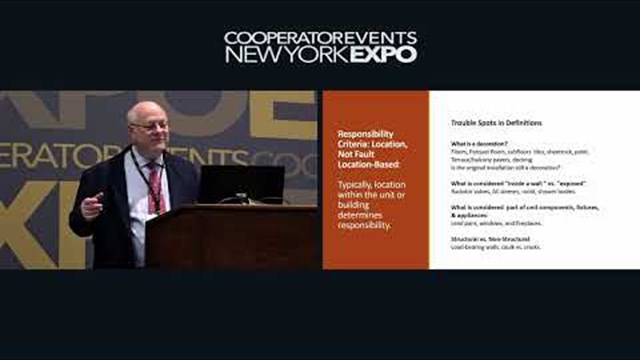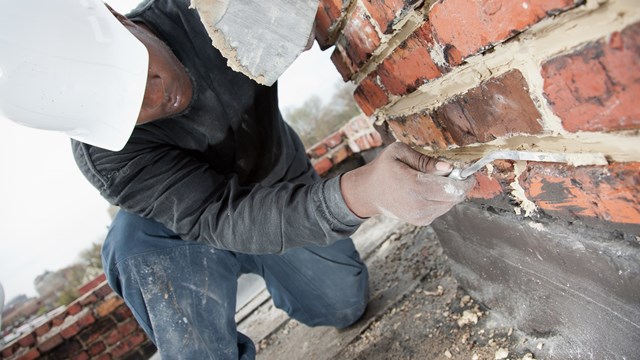After the deadly collapse of a parking garage building in lower Manhattan last year, the City of New York moved to prevent similar tragedies from occurring, undertaking the herculean task of inspecting every garage in New York City for cracks and weaknesses that might lead to collapse. That effort was codified as Local Law 126.
While few would argue the logical sense of mandating the regular, expert inspection of buildings put under enormous structural strain all day, every day, the law has raised some very pointed questions around who’s responsible for paying for these inspections, and for correcting any potential structural problems they find. Is it the building owner, which could be a private landlord, a condo association or co-op corporation? Would it be the lessor of the garage space, or perhaps the operator of the garage business itself?
“The law doesn’t provide anything with regard to that responsibility,” says Chris Tarnok, a partner with Manhattan-based law firm DL Partners. Responsibility for repairs resulting from inspections goes to building governance, he explains. It goes to the bylaws. Okay…so, whose responsibility is it?
It's All in the Docs
In a rental building, financial and administrative responsibility for structural upkeep and repairs is easy to trace, because it’s spelled out right in the lease. It’s either the garage operator - the lessor of the garage area - or the landlord - the owner of the building. Pretty straightforward. But the answer may not be so simple in a condo or a co-op.
In a co-op, says Jonharold Cicero, also a partner with DL Partners, “It’s more likely that every shareholder will have to share the expense of inspections and potential repairs, because the garage is also on a proprietary lease and doesn’t carve out these provisions. To be clear, older documents in long established co-op associations are far less fleshed-out. Responsibility is on the building - not the specific space - but ultimately depends on the documents and their specifics. Leases don’t contemplate who is responsible for those elements. It tends to be a building obligation.”
The real hair-splitting becomes more apparent in condominium properties. “Condo bylaws and declarations today are far more extensive than they were, say, 20 years ago,” says Cicero. The extent of what’s outlined as common elements in a condo’s documents may form the basis for deciding who pays. “In older buildings, these things are often not defined,” he continues. “What if the garage unit is a common element? What is or isn’t a part of the entire building? So, is it the responsibility of the entire condo to maintain, or just the garage condo unit owner?”
In a condo setting, the association is responsible for maintaining structural elements within the walls - anything on the unit side of the drywall is the responsibility of that unit owner to maintain and repair. A parking facility may function similarly. If the garage is considered a structural element, then the entire building must shoulder the cost to maintain it - including any inspections and potential repairs. Everyone in the condo has a percentage of common interest, so they must pay a bit. As this is an inspection of a physical plant that may contain structural aspects of the entire building, it may not be limited to the garage unit. Structural elements may be general common elements. Those structural elements would be inspected as part of this law.
Both Cicero and Tarnok recommend that co-op and condo boards take a look at their guiding documents to make certain they understand how those documents define the elements, and “Who is responsible for structural versus non-structural repairs and maintenance in units and common areas, [as well as] possible replacement obligations within the unit. It’s also important to define what’s a part of the garage unit, what’s a limited common element, and what’s a general common element. A general common element would be subject to the entire building to fix.”
Tarnok notes that “There have been only a handful of inspections done in lower Manhattan and the Upper West Side to date.” Brooklyn and the rest of Manhattan are slated to be done this year, and the Bronx and Queens next year. Both attorneys say they’re advising clients to make sure they understand their obligations and what they may be financially and legally liable for prior to scheduling garage inspections, to ensure they can comply within the requisite time frame. According to Cicero, “It’s always better to be ahead of the curve. They should be looking at their docs now to be ready when the inspection is done.”










Leave a Comment